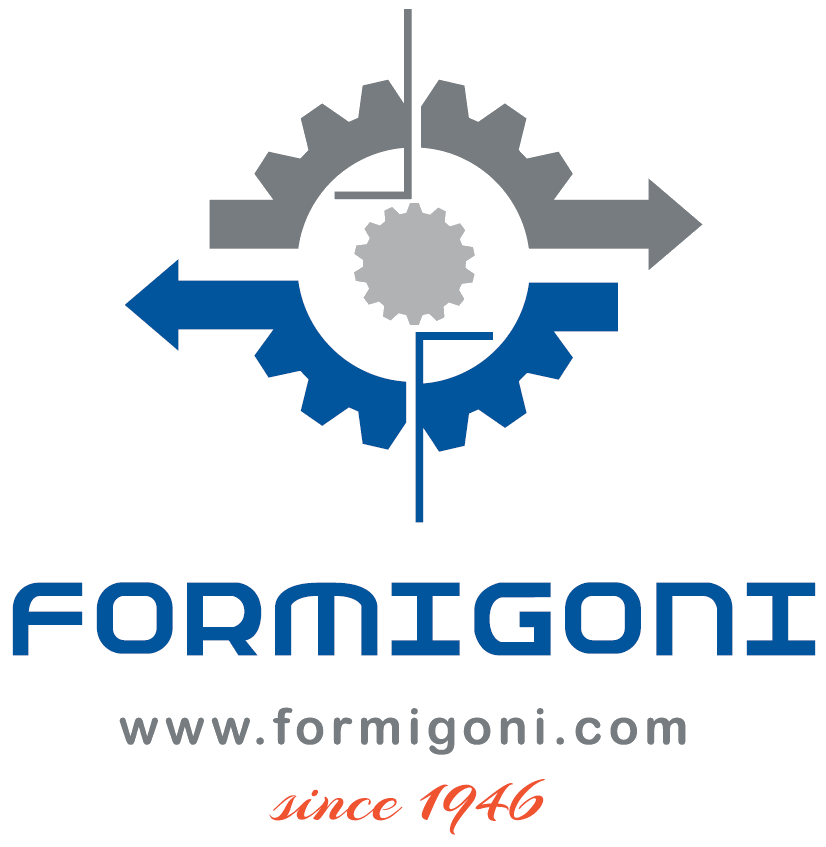
DEC.HCA™
Honeycomb Coated Adsorbent
DEC.HCA™ • Honeycomb Coated Adsorbent
Honeycomb Coated Adsorbents are a type of adsorbent that is made by coating a honeycomb monolith with an adsorbent material. The honeycomb monolith provides a high surface area and a low pressure drop, while the adsorbent material provides the specific properties for removing the target contaminants.
Heart of our Rotary Bed Concentrators (within the range of VOC concentrators DEC.XBC™), honeycomb-like structure coated with adsorbent materials has been widely applied. The adsorption performance of an adsorbent depends on its structure, type, and composition: activated carbon and zeolite are the most widely used adsorbents. In recent years, in some particular applications, zeolite has become more popular than activated carbon due to its high regeneration ability. Zeolite can be either hydrophilic or hydrophobic depending on its silica and alumina molar ratios. Hydrophobic zeolite can be used under high moisture conditions, as it will selectively adsorb the target VOC, while repelling water.

The adsorption curve of zeolite is not linear, meaning that the adsorption capacity does not decrease as much as other adsorbents when the VOC concentration decreases. This makes zeolite more suitable for working with low end concentrations of VOCs; activated carbon and polymers, on the other hand, have a linear adsorption curve. This means that their adsorption capacity decreases more significantly as the VOC concentration decreases. As a result, they are not as effective at removing low concentrations of VOCs. In addition to its non-linear adsorption curve, zeolite also has a high surface area and a well-defined pore structure. These properties make it an excellent adsorbent for VOCs. Zeolite can be used to remove VOCs from a variety of sources, including industrial VOC emissions.
Honeycomb Coated Adsorbents are a versatile and effective way to remove contaminants from a variety of fluids: they are a valuable tool for a wide range of industries.
